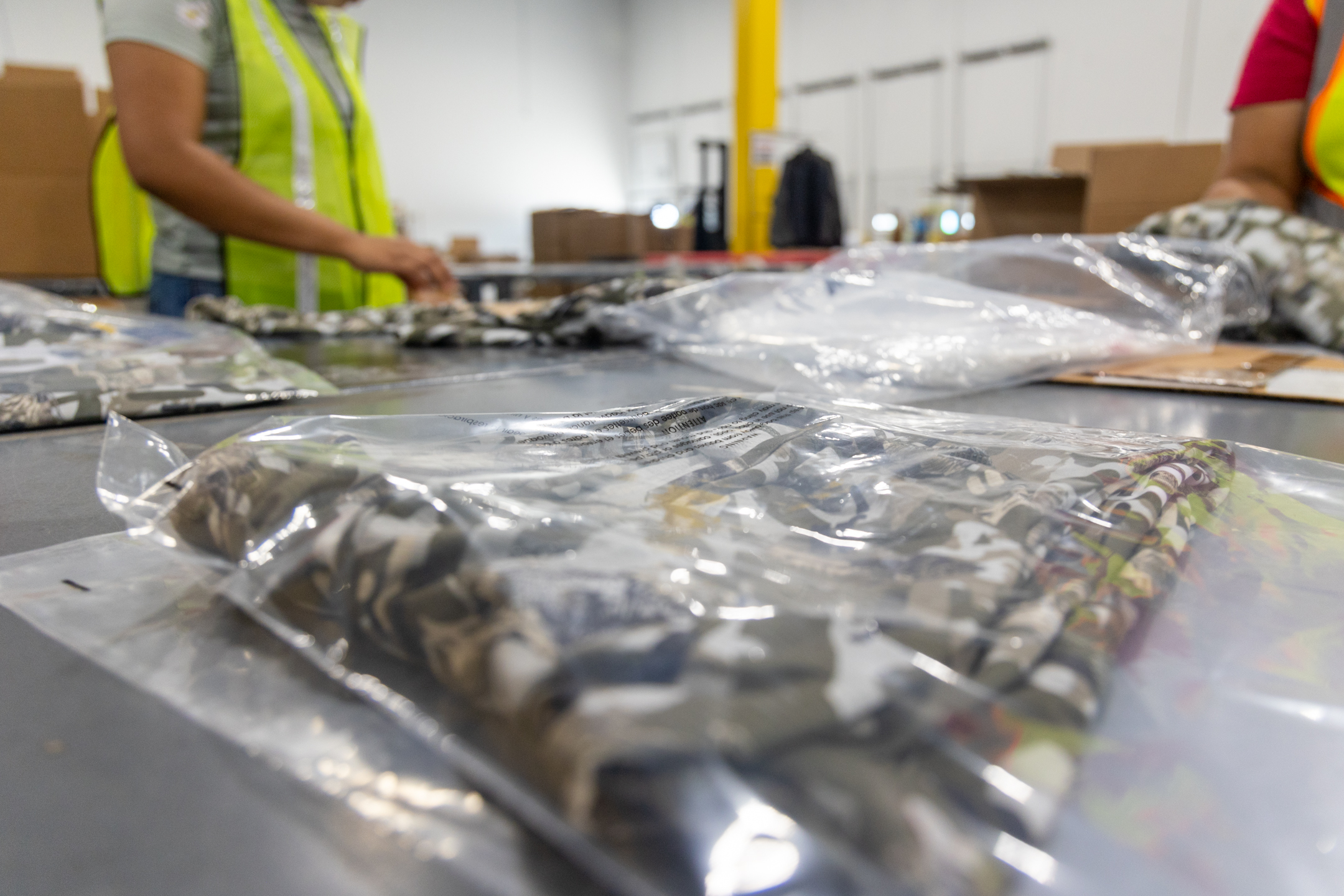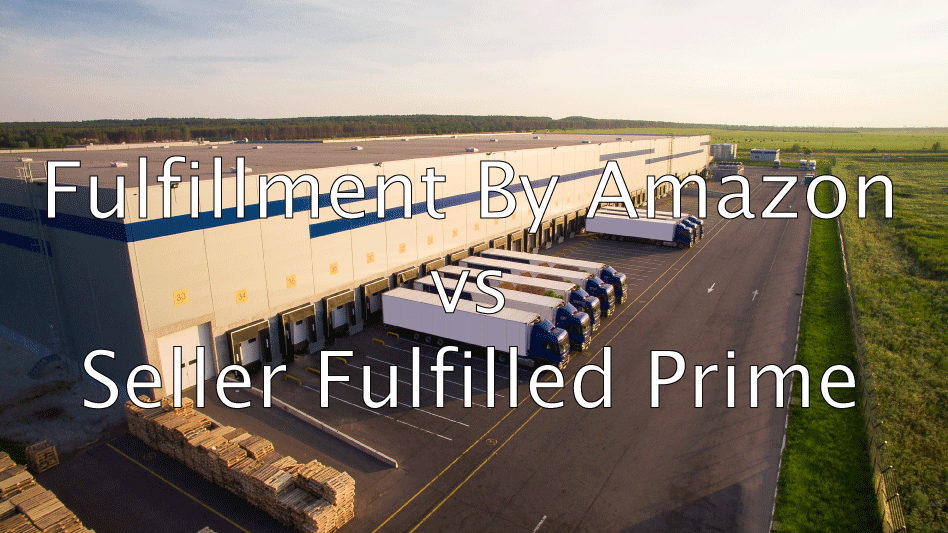Amazon is removing a convenience that many operations teams have built into their process.
The elimination of Amazon FBA prep forces you to decide how these tasks will be handled and where they belong in your operations.
When that convenience disappears, you no longer have the ability to hand off compliance details at the last stage of the process. Prep decisions must be made earlier, and accountability shifts back to your team or your partners. That changes how you think about labor, accuracy, and workflow design. It also raises the stakes for supplier relationships and partner selection, because there is no longer a buffer inside Amazon’s network.
This article will walk through the challenges the end of Amazon FBA prep creates, the trade-offs between the main approaches, and the questions you must answer now to keep your inventory moving.
When prep moves upstream, the stakes get higher.
When prep is no longer available inside Amazon’s network, every compliance detail must be addressed before your shipments arrive. The issue is not whether prep gets done, but when and where it happens. If it is left to suppliers without oversight, forced in-house without structure, or split across disconnected partners, errors add up quickly.
Here’s how that impact shows up inside your operation:
- Inventory sits in receiving instead of moving to customers.
- Sales velocity slows, which affects marketplace ranking.
- Disposal fees and rework drive up cost.
- Last-minute fixes lead to expedited freight that erodes margin.
Each of these issues doesn’t only create frustration at the dock. They affect how fast you can recognize revenue, how much margin you retain, and how confident customers feel about ordering again. When prep moves upstream, the risk is no longer a matter of operational inconvenience. It becomes a direct measure of whether your fulfillment system is built to support growth or vulnerable to disruption.
Common challenges when prep shifts upstream.
With Amazon FBA prep going away, weak points in your supply chain won’t stay hidden. The shift forces every company to take a hard look at who owns compliance and whether current systems can handle it consistently. Without Amazon as a buffer, the pressure lands on your team or your partners—and any gaps that were once easy to ignore now create measurable risk.
The most common challenges include:
- Compliance Risk: Even minor errors in labeling, packaging, or bundling can cause shipments to be refused. Beyond the immediate delay, this ties up working capital in stranded inventory and interrupts cash flow.
- Operational Strain: Prep requires trained labor, space, and a consistent process. Teams that treat it as an add-on quickly run into bottlenecks during peak season, when the cost of mistakes is highest and the capacity to fix them is lowest.
- Escalating Costs: Rework, reships, disposal fees, and expedited freight compound quickly. What looks like a minor inefficiency becomes margin erosion, especially when fixes are reactive rather than planned into the system.
- Fragmented Workflows: Splitting prep and fulfillment across multiple providers introduces hand-offs that slow inventory flow and limit visibility. The lack of a single accountable owner makes it harder to spot errors early and more expensive to correct them later.
These challenges don’t stay contained. As volume increases or you add new channels, they compound into higher costs, slower cash flow, and lost marketplace position. What once looked like an operational detail can quickly become a barrier to profitable growth.
How to evaluate your prep strategy before the deadline.
Knowing where the risks surface is the first step. The next is deciding how prep will be handled and how that decision shapes your operations long term. Every option carries trade-offs, and the sooner you test them, the more time you have to refine your approach before the deadline.
Be aware of the following:
- If you rely on suppliers—Confirm whether they understand Amazon’s requirements and provide documented proof of compliance. Without oversight, you are transferring risk rather than reducing it.
- If you bring prep in-house—Assess whether you have the labor, training, and space to manage volume year-round. Without discipline, in-house prep adds overhead and becomes a drag on scalability.
- If you use standalone prep centers—Ask how their process integrates with your fulfillment. Prep-only providers often add time, cost, and blind spots once inventory leaves their dock.
- If you integrate prep with fulfillment—Look for a partner that manages compliance, storage, and order processing in a single system. This reduces errors, provides visibility, and builds scalability by making prep part of your broader fulfillment strategy.
The right choice depends on your goals. What matters is that you test, refine, and stabilize your process before the deadline. That will allow you to uncover weaknesses without disrupting peak sales cycles or affecting customer experience.
The decision to eliminate Amazon FBA prep is inconvenient, but more importantly, it shifts accountability. You now own your own compliance, and where you decide to place that responsibility will determine how your operations perform and how it impacts your margins.
If prep is treated as a last-minute task, it adds cost and delays. But, if it’s strategically built into your system, it strengthens fulfillment, protects margin, and positions you to scale with confidence.










